Is 4k Video Camera Worth It
All-time 4K camera 2022: the 12 top choices for shooting movies
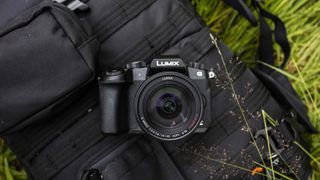
Looking for the all-time 4K camera you tin can buy? Nosotros're hither to help. From high-end mirrorless models to pocketable gimbal cameras, we've tested all of the top 4K cameras yous can purchase in 2022. Then whether you're shooting high-res content to share on YouTube or recording sharp footage for your next videography project, you lot'll notice your ideal 4K camera here.
What's the all-time 4K camera you can purchase right now? The Sony A7S III is our current overall favorite 4K camera. It's a superb full-frame mirrorless option that shoots stunning 4K footage at upward to 120fps. It's also fantastic in low lite, offers solid battery life and features a useful fully articulating touchscreen.
That said, there might be a different 4K camera that'south better suited to your needs. The best 4K camera for you will depend on what and how you similar to shoot, also as your existing equipment and monetary restraints. You might want a professional person videography tool like Blackmagic's Pocket Cinema Photographic camera 6K Pro. Alternatively, yous could exist looking for something more affordable, like Sony'due south brilliantly accessible Sony Alpha A6400, or a pocketable option such as DJI'southward gimbal-equipped Pocket ii.
Not sure where to start when selecting your ideal 4K camera? Ringlet downward to the lesser of this guide to find a few useful pointers and ownership tips, as well as answers to some common questions most choosing the best 4K photographic camera for you lot.

All-time 4K cameras in 2022:
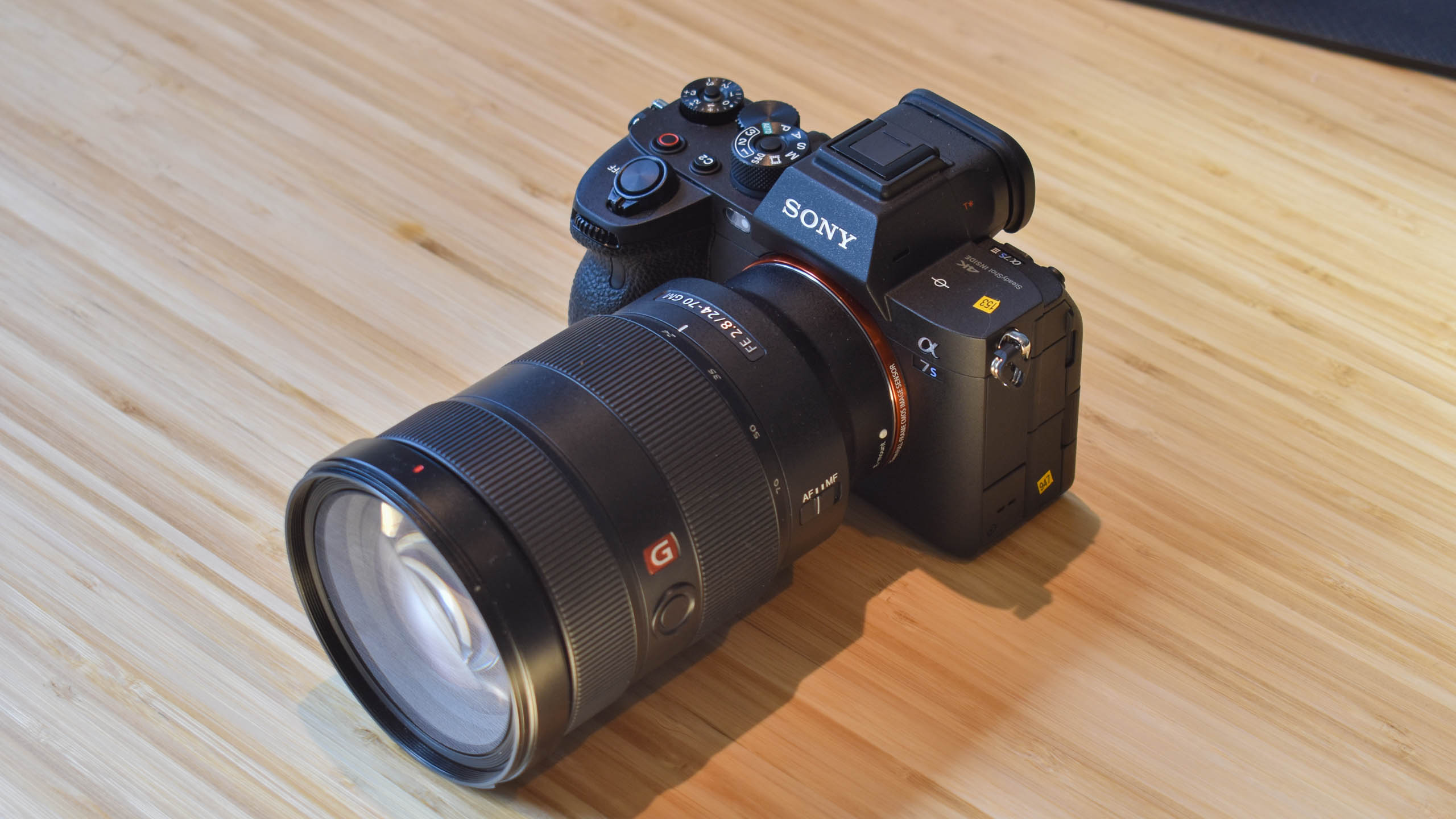
The Sony A7S III is almost definitely the best hybrid photographic camera y'all can currently buy. It keeps resolution depression and caps the output at 4K (as opposed to the 6K/8K capabilities of some other models), with the ambition to exist the best 4K photographic camera you lot tin can purchase.
As well as stunning output, up to 120fps shooting for super-smoothen recording, there's a host of other highlights on offer here besides. There's the ability to capture 16-chip raw over HDMI (plus a full-sized HDMI port), a stunningly high-resolution viewfinder, and a fully-articulating screen with an improved touch on-interface.
Videographers volition also enjoy other ports such as a headphone and microphone socket, compatibility with the XLR-K3M hot-shoe accompaniment from Sony, for up to four audio inputs.
This is a pricey camera, make no mistake, merely if you want something that does the job extremely well - we don't call back you lot can get amend than this.
- Read our in-depth Sony A7S III review

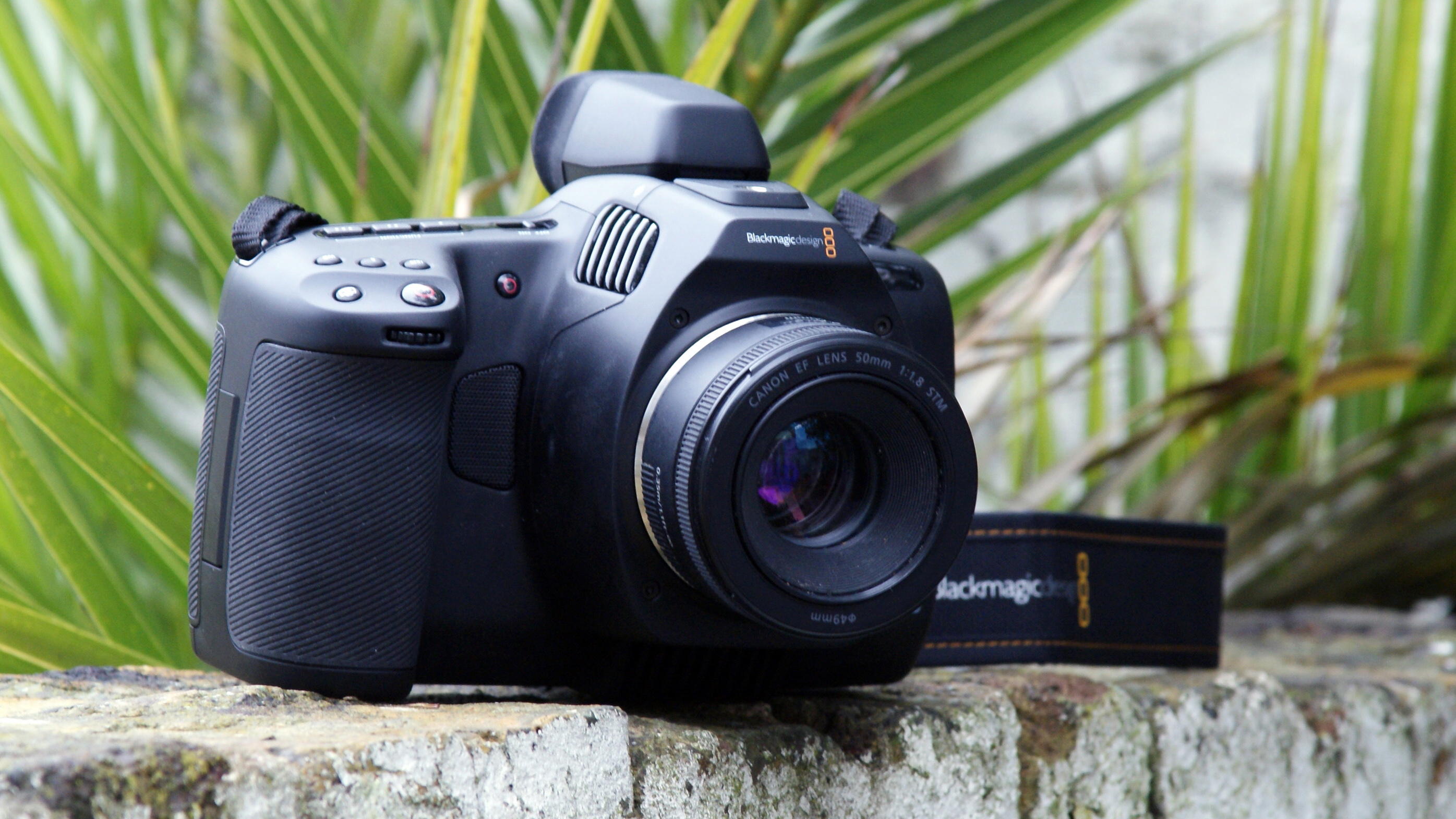
A substantial upgrade over the Pocket Cinema Camera 6K, the 6K Pro is a fantastic, relatively affordable tool for the professional videographer. With improved battery life, a brighter screen that'due south now tilt-adaptable, plus the option of adding an OLED electronic viewfinder, the 6K Pro is a meaty yet adaptable maestro.
Its 6K sensor is the same as before, which ways you still become exceptional 6K footage at upwards to 50fps. The Super 35 format is smaller than full frame, but large plenty to handle depression-light situations with ease, while built-in ND filters mean you tin happily film in bright sunlight with wide open apertures. Plus the sheer breadth of formats, profiles and resolutions available make the 6K Pro a properly flexible camera for editors.
That said, it's clearly not a camera for casual users: its controls might be simple, but there'southward no image stabilization, no tracking autofocus and stills performance remains rudimentary. But as a first professional person video camera, the 6K Pro is a fantastic package for the price, with superb image quality and relative accessibility making it ane of the most rounded enthusiast options.
- Read our in-depth Blackmagic Pocket Cinema Photographic camera 6K Pro review

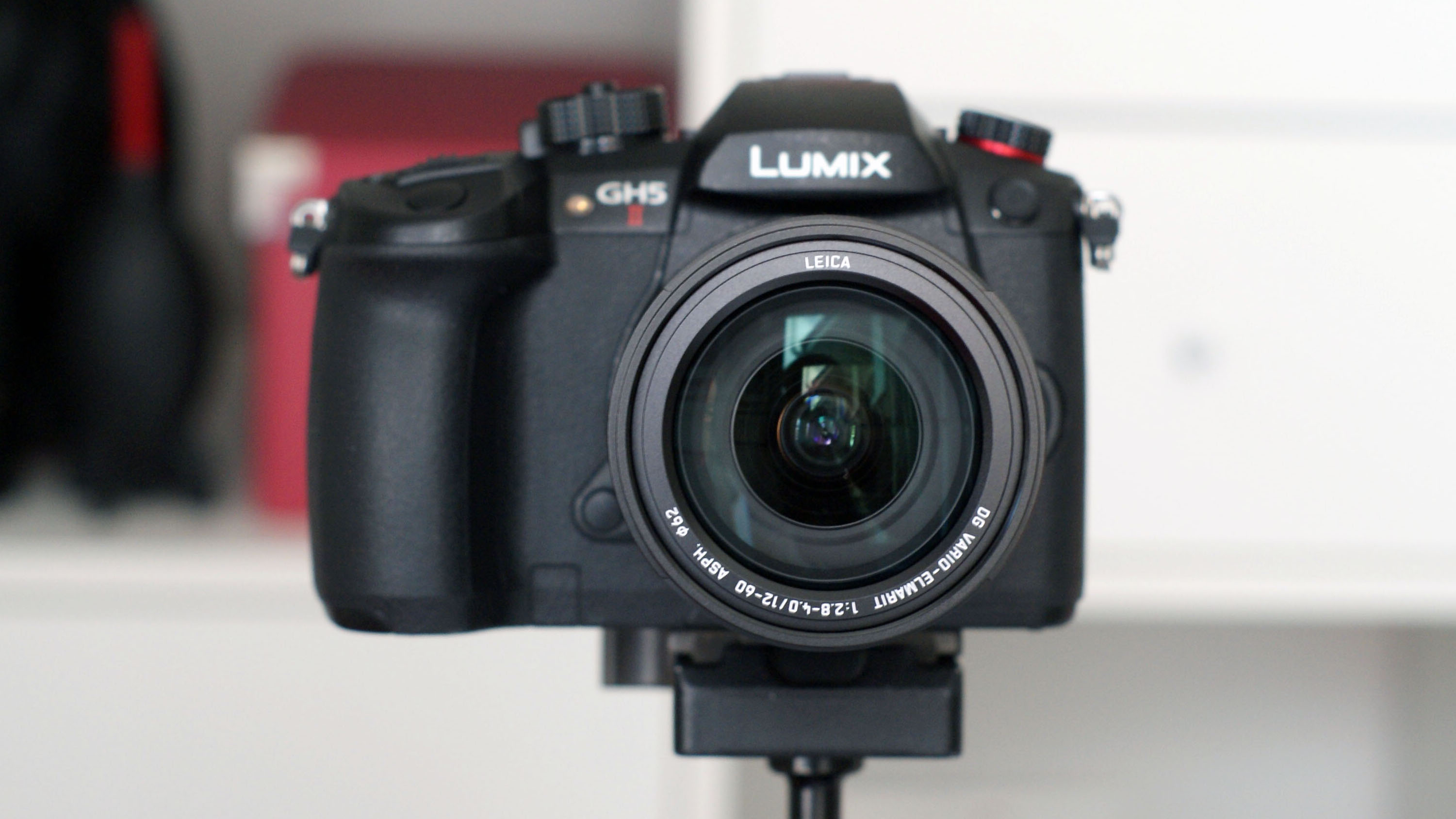
At launch, the first-generation Panasonic GH5 was i of the tiptop 4K cameras you lot could purchase. Its successor takes the established formula and introduces a few key tweaks to make the Mark Two Panasonic'southward go-to camera for content creators. The headline add-on is built-in wireless live-streaming: with support for the RTMP/RTMPS protocol, the GH5 II tin fling footage in real-time to YouTube. Resolution adjusts to conform your connection force, topping out at a respectable 1080/60fps.
When yous're non streaming, the GH5 can shoot stunning 4K footage. The Micro Four Thirds sensor is the same as earlier, but videographers go a few new frame rates and resolutions, including anamorphic 6K and 4:2:0 ten-bit C4K. There's as well a Variable Frame Rate mode for fast- and slow-motion output (up to 180fps). Low-lite functioning is slightly limited by sensor size, but five-axis in-body image stabilization means you lot can shoot handheld without too much wobble. Add a fully articulating touchscreen to the mix and the GH5 Marker II shapes up as a stellar option for capturing all kinds of 4K content.
- Read our in-depth Panasonic GH5 Mark 2 review

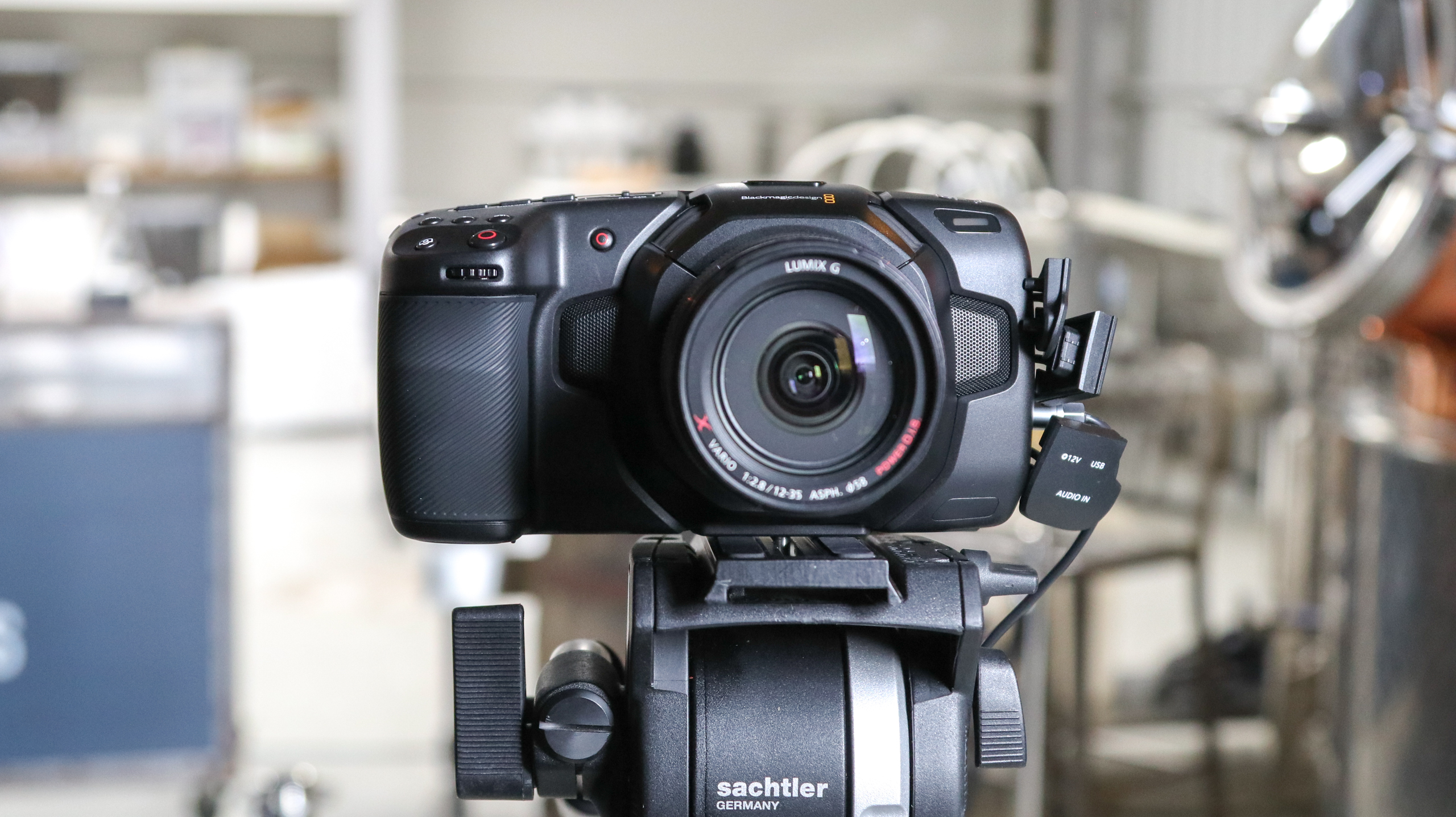
If you lot want an affordable to camera to shoot 4K videos, then this is as good as it gets right now. Blackmagic's Pocket Cinema Camera 4K is designed for filmmakers through and through – just don't become ane if you lot're looking to shoot stills besides.
Based around a Micro Four Thirds sensor and lens mount, it features a huge 5.0-inch touchscreen, it head and shoulders above other MFT shooters from a video-centric operational point of view. The range of connections on-lath is also class-leading, and the fact there's a dual carte slot trumps much pricier cameras like the EOS R.
That's not forgetting decent on-lath audio recording capabilities and of course, the sweetener to the tune of $299 worth of software - a license for DaVinci Resolve Studio, it actually is a souvenir that keeps on giving.
Finally, and most importantly, the fundamental quality of its 4K video takes on much pricier cameras and, when you know how to piece of work information technology, handles noise better than some full frame sensors too, thanks to its the dual native ISOs.
- Read our in-depth Blackmagic Pocket Cinema Camera 4K review

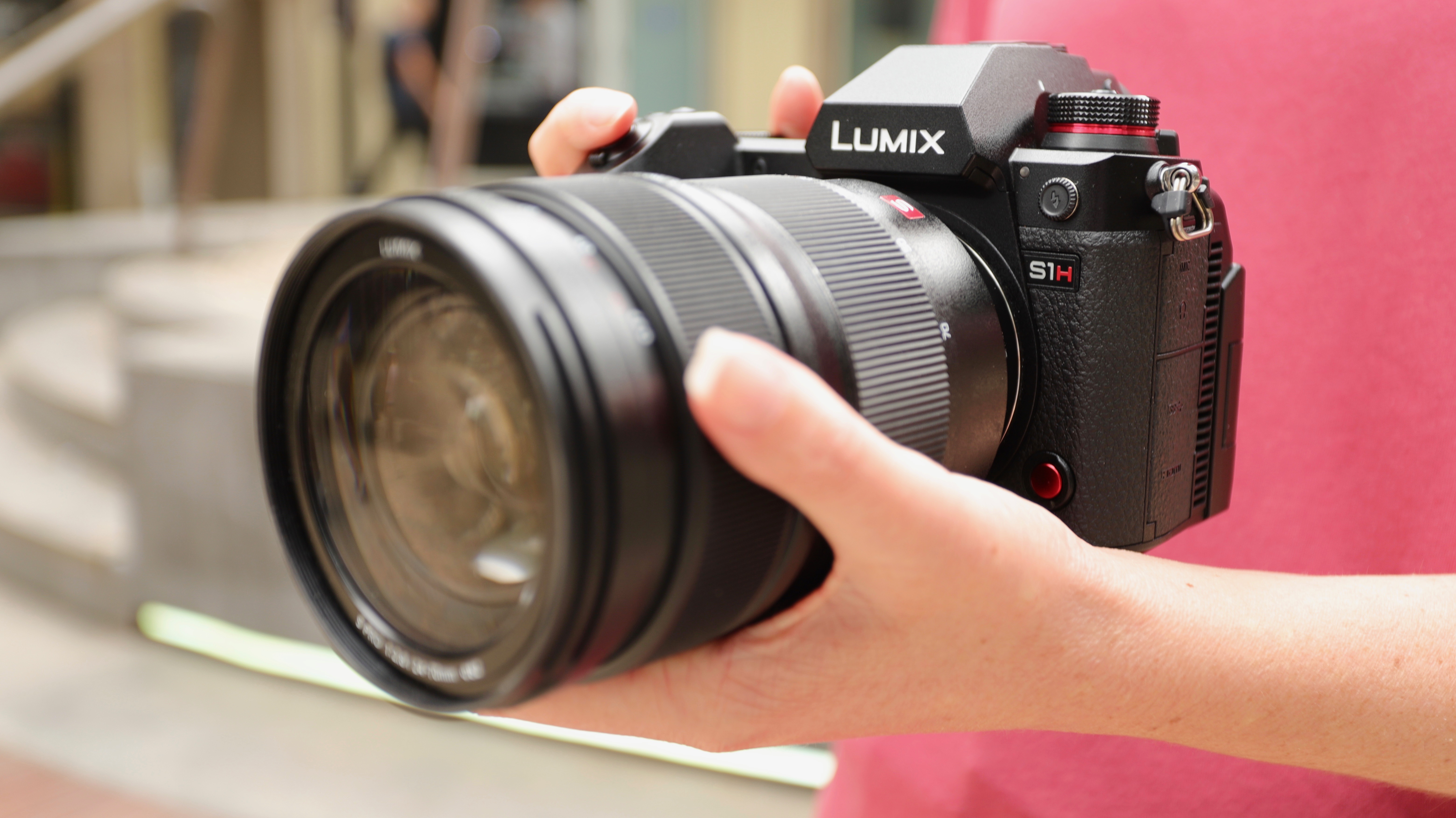
Panasonic'due south Lumix S1H is the smallest, cheapest camera to brand the list of cameras approved past Netflix for use in original productions – which is a measure of simply how fantastic its moving-picture show skills are.
Video quality is practically perfect in all conditions, with first-class noise performance thanks to Dual Native ISO. There's a staggering range of resolutions and frame rates to play with – from 6K/24p to 4K/60p – and every resolution is available with x-bit color, which offers plenty of editing flexibility.
There's also the option to utilise anamorphic lenses, while recording modes include Cinelike Gamma, V-Log/5-Gamut and HDR in HLG, with color profiles adjustable in-camera. Despite the diversity available – as well as the range of monitoring and brandish options – the S1H is remarkably accessible cheers to a redesigned interface, aided by a flip-out rear display.
It is large and heavy for a full-frame mirrorless camera, but that's partly to business relationship for the silent fan and cooling vent, which eliminate recording time limitations: y'all tin moving picture flawless footage until the battery or storage runs out.
- Read our in-depth Panasonic Lumix S1H review

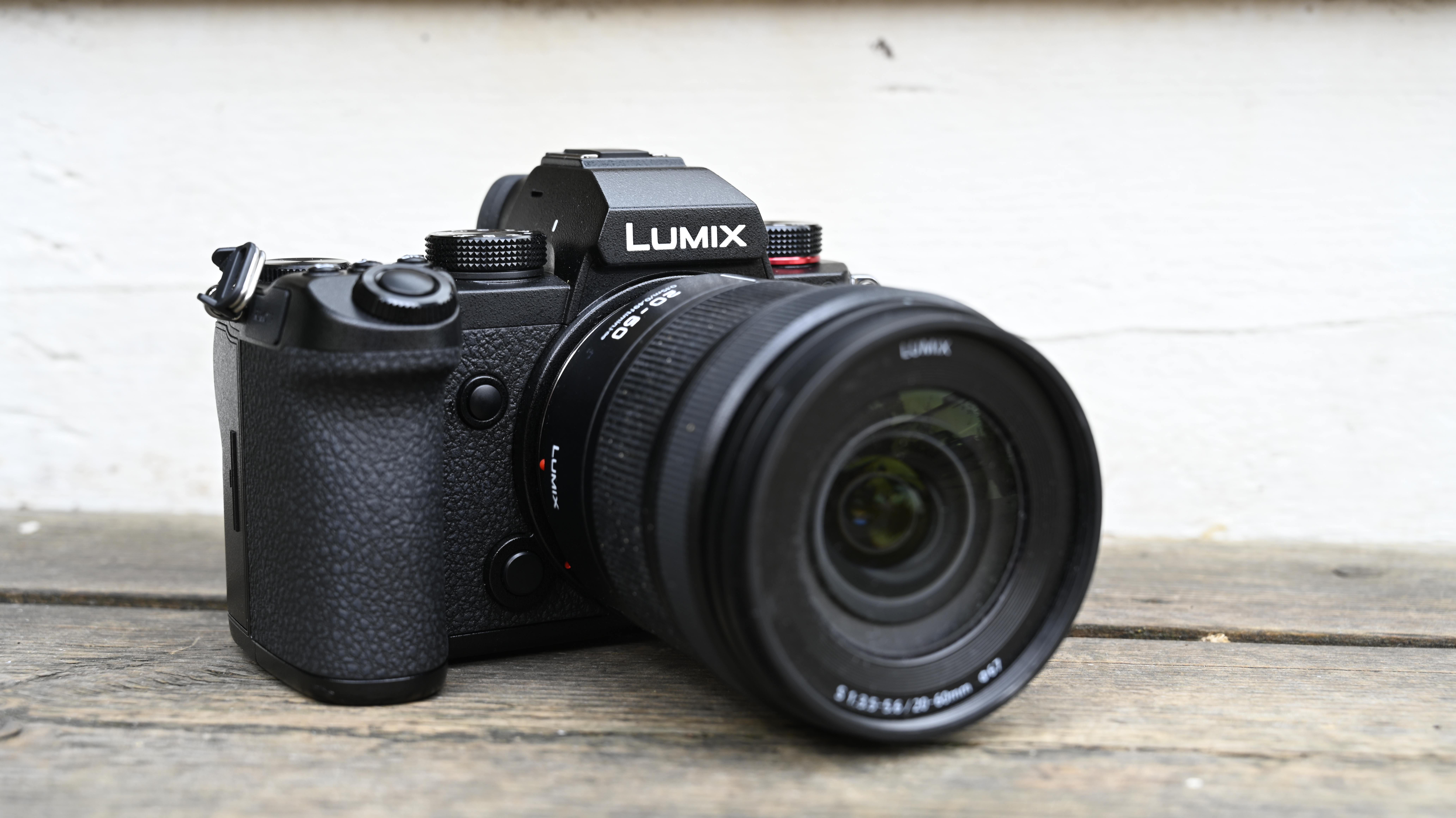
Smaller and lighter than the Lumix GH5 (above), even so equipped with a full-frame mirrorless sensor, the Panasonic Lumix S5 is a lesson in hybrid versatility.
A delight to hold and control, its fully articulating touchscreen makes the S5 a fantastic videography tool. So, too, does the 24.2MP full-frame sensor, which is capable of capturing cropped 4K footage at 60p or uncropped 4K at 30p. It can as well record x-bit 4K internally (though with a maximum clip length of 30 minutes).
Every bit you lot'd wait from Panasonic, video quality is excellent: there's plenty of detail, while in-body image stabilization keeps everything smooth. Contrast-based autofocus isn't cutting edge, merely it's perfectly capable of following subjects around the frame.
Add together V-Log, time-lapses, dual native ISO and anamorphic 4K into the mix and the S5 shapes up as an impressive option for 4K film-makers. A second battery is appropriate for day-long shooting sessions, but the only real compromise is the employ of Micro HDMI over the full-size equivalent. Which, given the in-congenital Wi-Fi and Bluetooth, isn't much of a compromise at all.
- Read our in-depth Panasonic Lumix S5 review

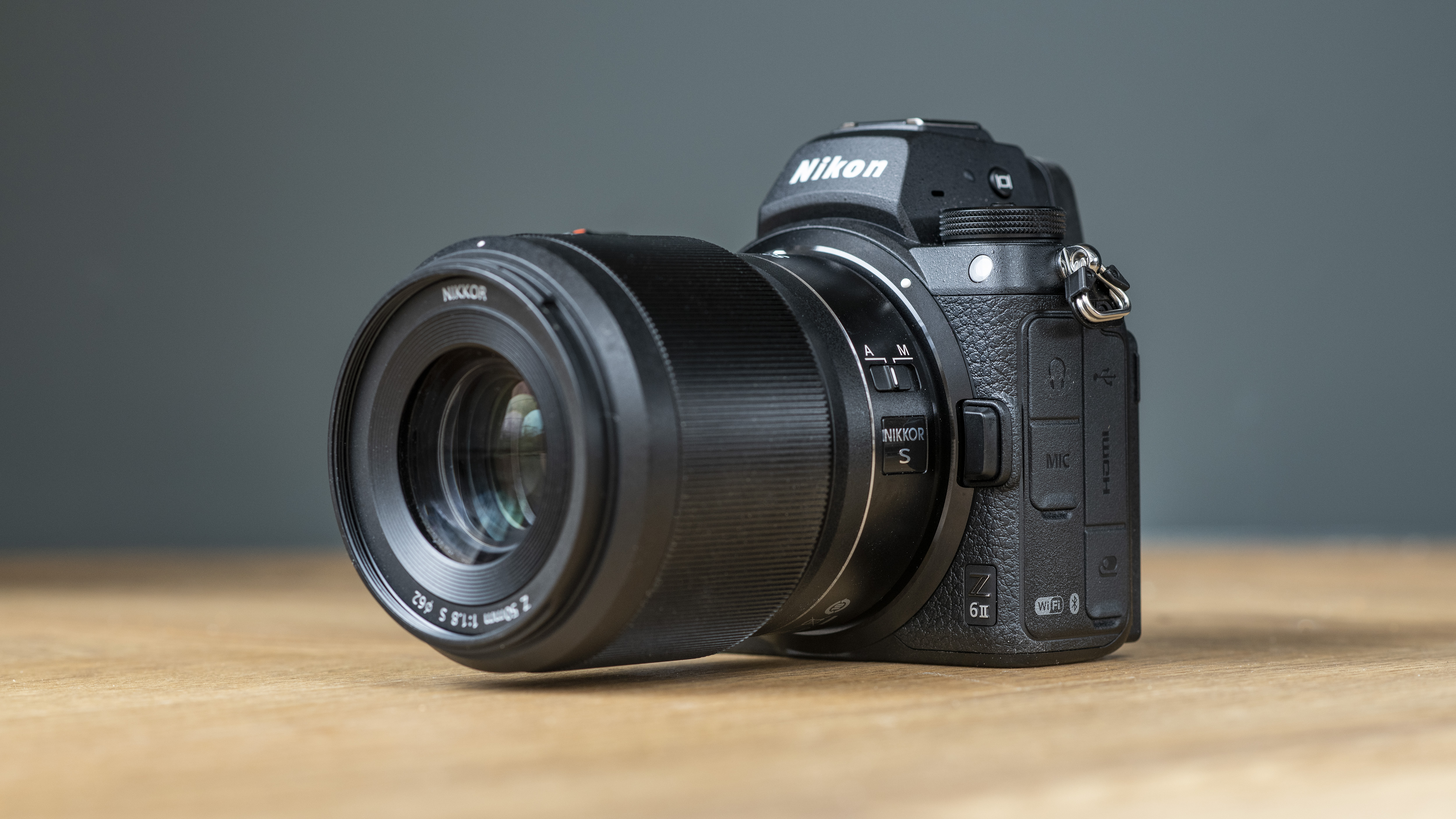
I of our favorite total-frame mirrorless cameras, the original Nikon Z6 had a potent set of video specs. The Z6 II takes that capable base and boosts its capabilities even further. There are few surprises when it comes to build quality and treatment: magnesium alloy parts and weather condition-sealing mean it's durable, with an ergonomic grip that'southward comfy to utilise. Its 24.5MP full-frame sensor is unchanged, only a 2d EXPEED six image processor improves autofocus performance and enhances its video skill prepare.
A firmware update has unlocked 4K capture at 60fps (albeit with a 1.5x ingather), complemented by a 10-bit HLG HDR output pick and 120fps Full Hd dull-mo. A fully articulating display would be ameliorate for framing than the tilting touchscreen, but the Z6 II is otherwise a very capable packet, peculiarly if you lot want a versatile, lightweight camera that can shoot excellent stills when you're non recording 4K content.
- Read our in-depth Nikon Z6 II review

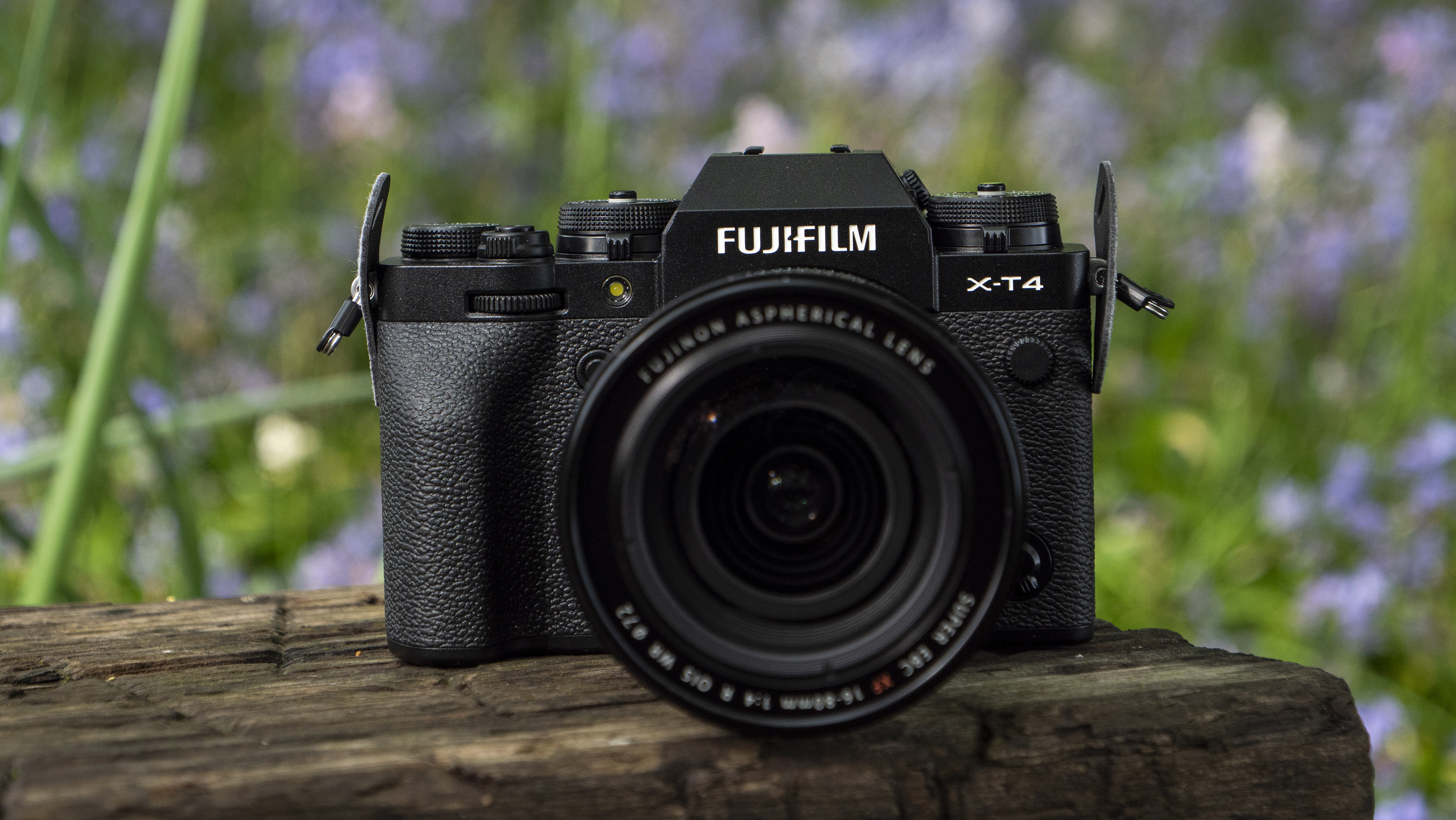
Fujifilm's X-T3 drastically improved its video performance compared to its predecessors, and the 10-T4 makes a similar bound to brand it one of the all-time 4K cameras you can buy.
The biggest heave comes from the inclusion of in-body paradigm stabilization (IBIS). This makes information technology a little larger and heavier than the Ten-T3, but all the same significantly lighter than an enthusiast-level DSLR. It doesn't completely replace the need for a gimbal, but does mean information technology's a superb option for the run-and-gun filmmaker.
Combine this with the same 26.1MP back-illuminated APS-C sensor equally its predecessor, and yous have a fantastic performer for both stills and video. The latter is a particular standout thanks to inclusion of a very modern moving picture shooting spec that includes Movie house 4K movies up to 60fps, x-bit internal recording, and upwardly to 400Mbps bit-charge per unit and with F-Log and HLG profiles included as standard.
You can besides shoot slow motion Full HD movies up to 240fps, while that IBIS system provides up to 6.5EV (or exposure value) of stabilization when used with ane of Fujifilm's stabilized lenses (18 out of its 29 Ten Series lenses fit this description). Overall, the Fujifilm Ten-T4 is the all-time APS-C mirrorless photographic camera you can buy – and a major reason for that is its video functioning.
- Read our in-depth Fujifilm X-T4 review

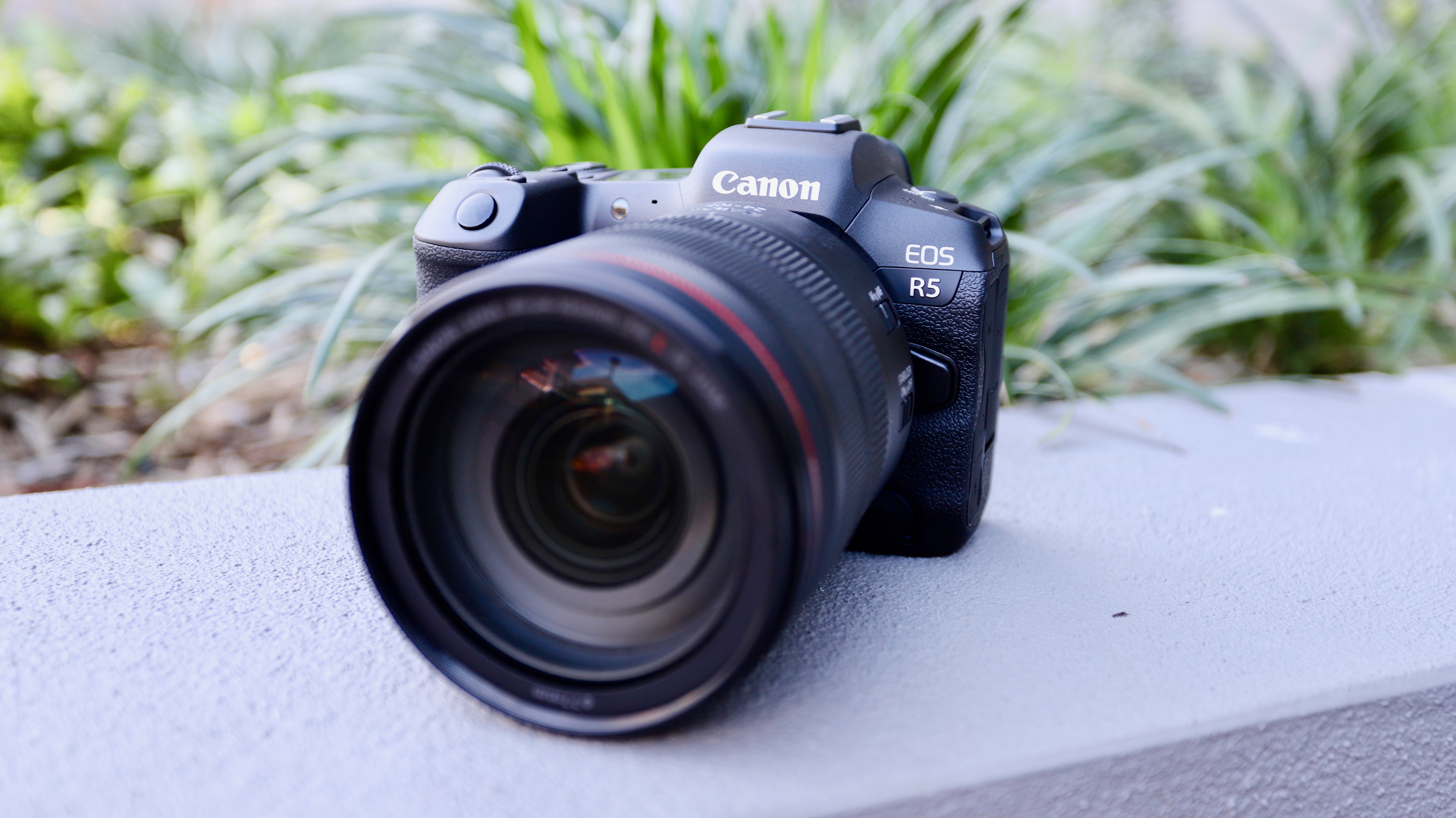
On paper, the Canon EOS R5 is arguably the best hybrid photographic camera available today. Adopting a tried-and-tested form cistron that'south easy to handle, the R5 serves upwardly baking performance: a 45MP full-frame sensor is supported by the speedy Digic X chip, paired with Catechism's fastest always autofocus motor.
Video specs are similarly outstanding. The EOS R5 tin can capture 4K footage at a silky smooth 120fps, with the option of shooting raw, while resolution maxes out at a headline-grabbing 8K/30p. Results are gorgeously precipitous, while the combination of IBIS with stabilized RF-mountain lenses delivers decently shine handheld shots – plus log files provide incredibly flexible when information technology comes to colour grading.
There is a caveat: the EOS R5 features recording limits to gainsay overheating, with a published maximum of 35 minutes for 4K/60p video. That's a significant limitation for professional filmmakers, only in that location's a proficient take chances those who shoot a option of shorter clips won't e'er encounter that barrier (nosotros didn't).
Provided that's the case for you – and you're happy to crush out on CFExpress cards to unlock top performance – the R5 is a fantastic 4K hybrid.
- Read our in-depth Canon EOS R5 review

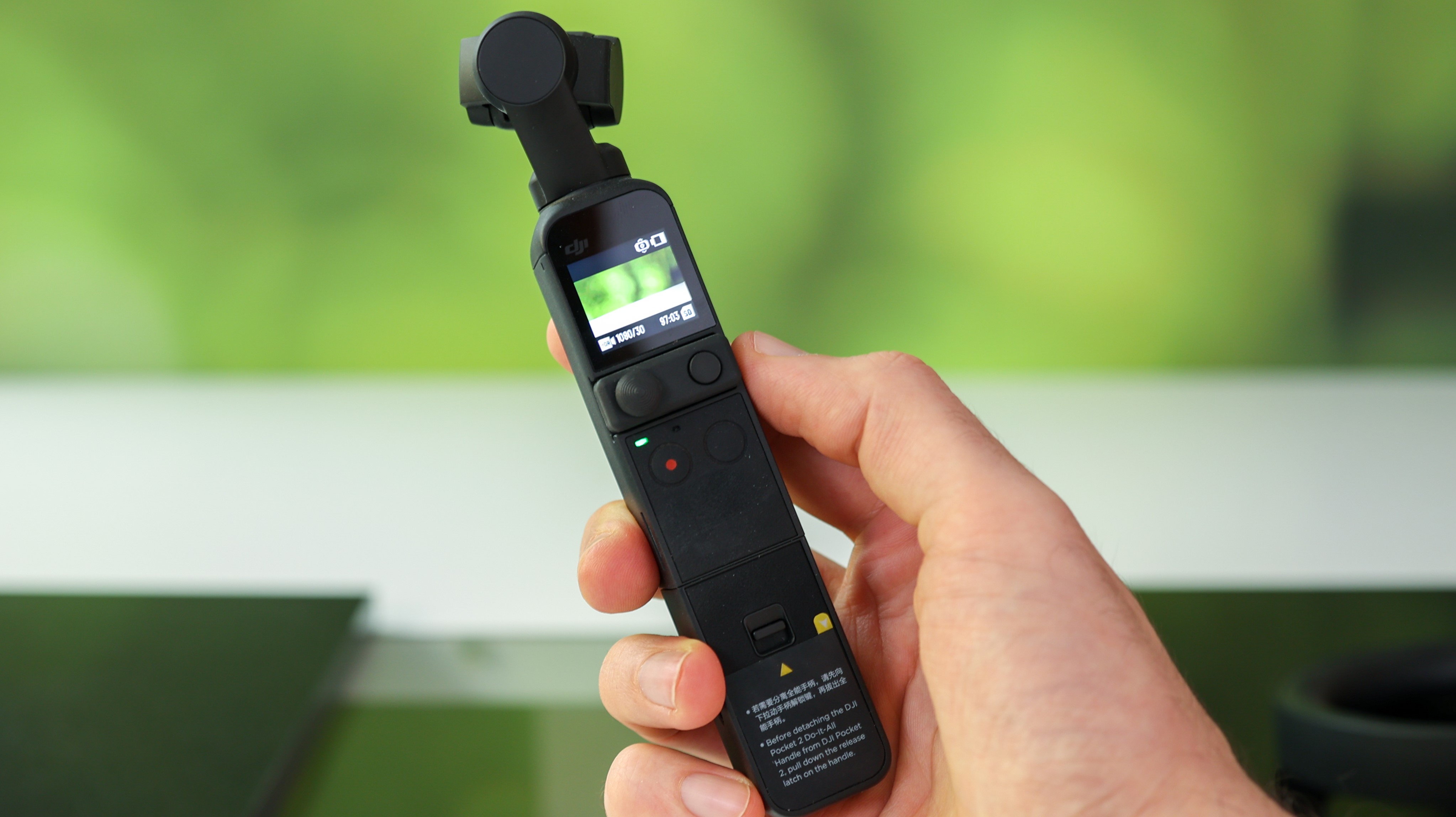
DJI's defended steady-cam puts a stabilized gimbal in your pocket. It's lite, comfortable to hold and features a small 1-inch touchscreen for previewing shots. The 1/1.7-inch sensor won't problem mirrorless models, but its 64MP resolution represents a big leap up from the original Pocket. Information technology also offers a much wider 93-degree field of view for more reliable framing when you're walking and talking. Its compact form factor is broadly the same as before, simply pick up the Creator Combo for useful add-ons, including an external wireless mic and ultra-wide-angle lens.
The sensor struggles in low light and high-contrast scenes, but the 3-axis gimbal ensures footage is steady and automatic object tracking is incredibly useful if you're recording yourself. 4K footage at 60fps isn't the crispest, but the picture is nevertheless respectable and the D-Cinelike color profile makes it easily editable. Full Hard disk drive ho-hum-mo at 120fps adds welcome flexibility too. Paired with decent sound, it's an appealing portable bundle for vloggers.
- Read our in-depth DJI Pocket 2 review

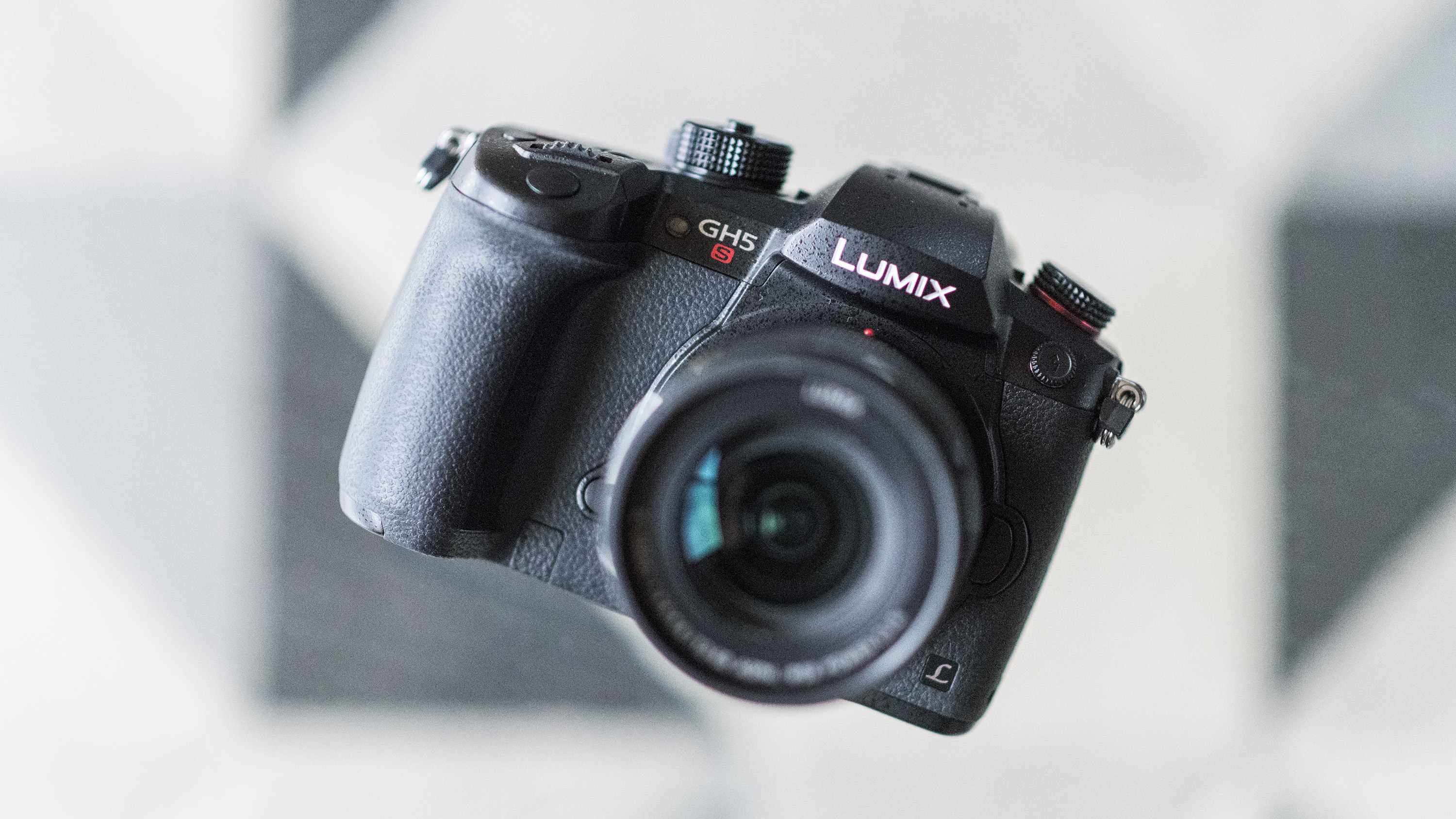
While it can shoot stills quite happily (although at a pretty limited ten.2MP resolution), this should exist seen get-go and foremost as a video camera; if y'all want to do both you've got the Lumix GH5 II (run into above) to fill that brief.
While the absence of built-in image stabilization might exist a disappointment for some, that issue aside the latitude of video features is incredibly impressive. If you want to shoot broadcast-quality footage without remortgaging your house to buy a pro video camera, this remains one of the all-time video-focused cameras you can purchase, despite its age.
- Read our in-depth Panasonic Lumix GH5S review

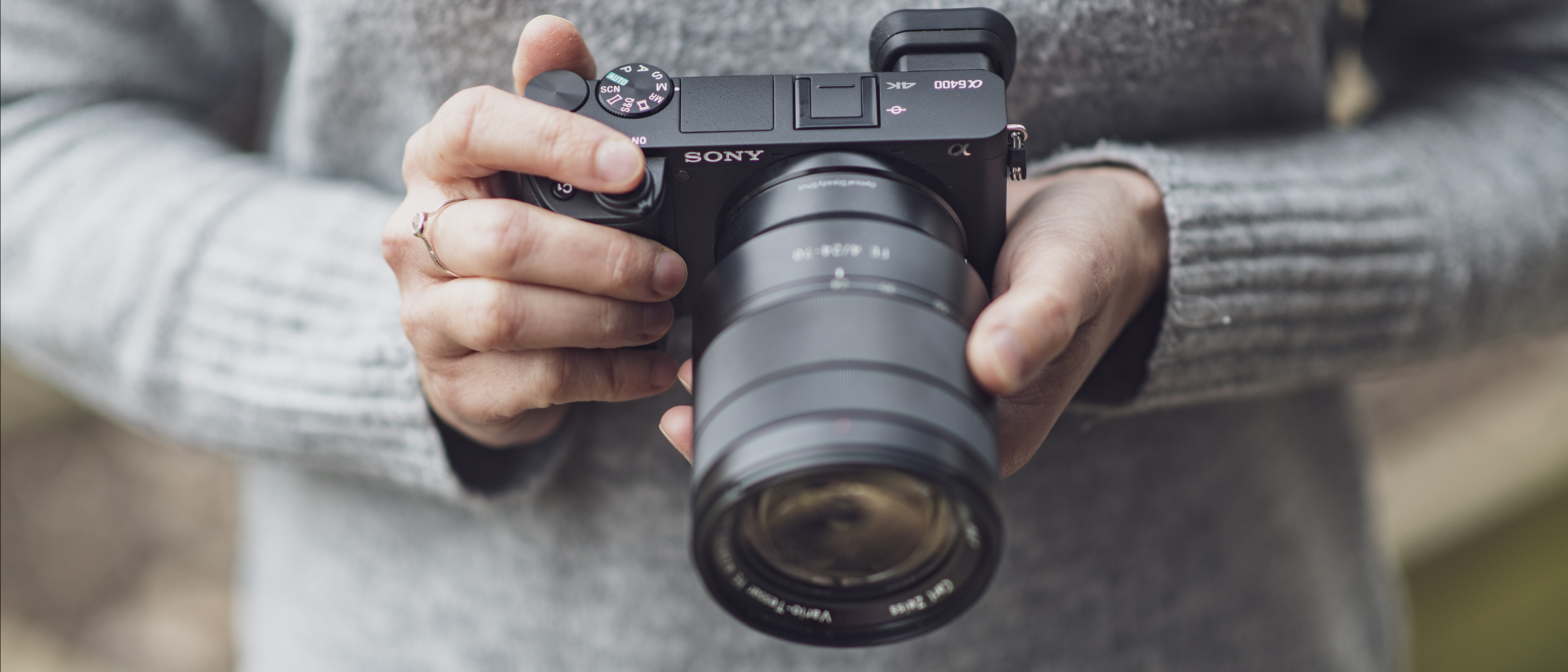
The A6400's lack of in-trunk stabilization and headphone jack may make it seem under-equipped when information technology comes to video recording. But its excellent image quality (smooth motion, impressive levels of item), tough magnesium blend construction, affordable price tag and, nearly importantly, its superb, highly advanced autofocus setup go a long way towards making information technology a contender for nigh accessible 4K camera round.
The autofocus, which includes excellent real-life eye and confront tracking, takes a lot of the work out of both video and stills work, particularly if you're frequently shooting other people – or yourself. Sony's A6600, the step-up model in the range, keeps much of the A6400's specs and features but adds in-torso stabilization, a headphone jack and longer bombardment life. Merely right at present the A6400 is our selection from Sony when yous factor in value for money.
- Read our in-depth Sony Alpha A6400 review

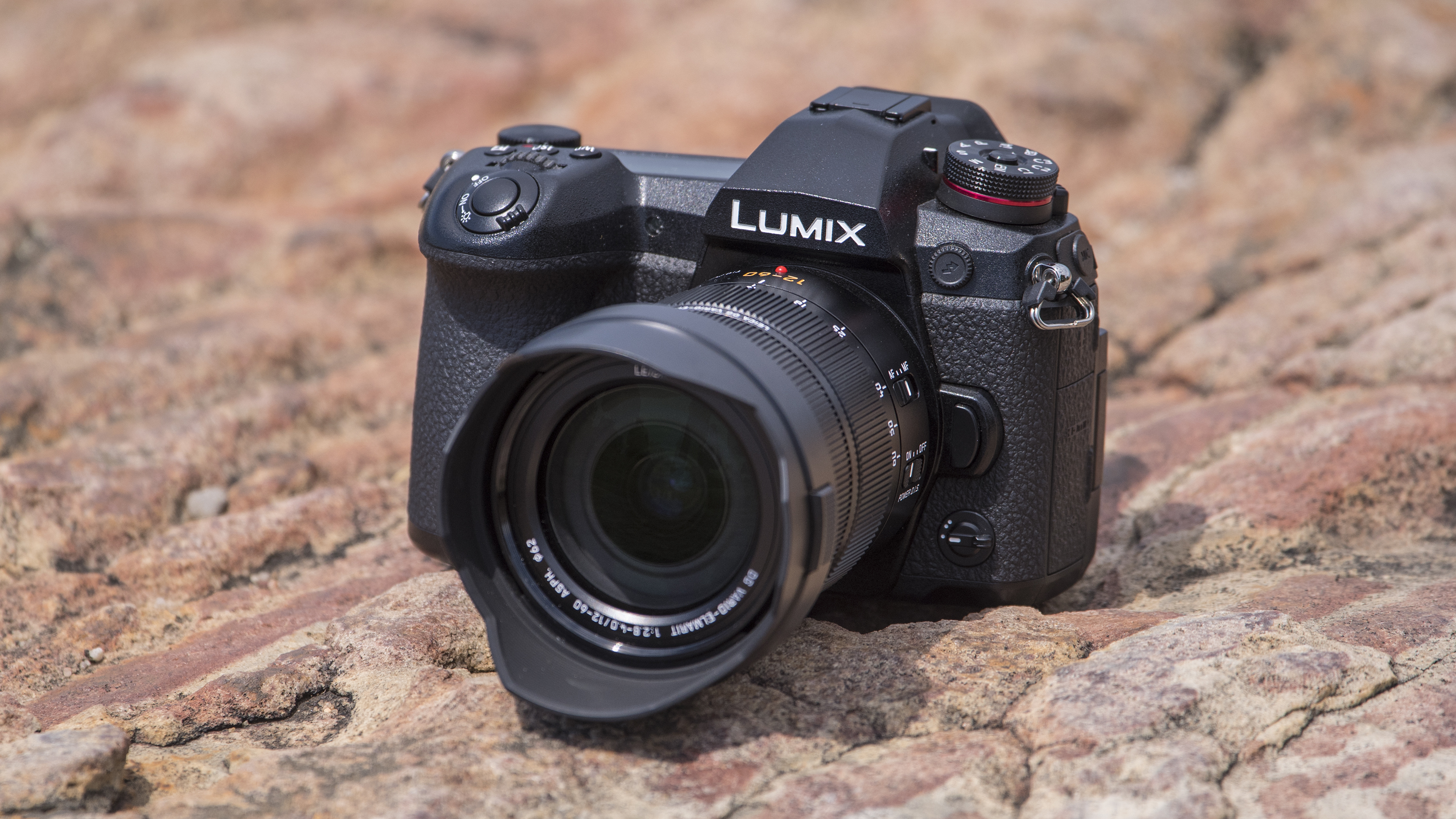
This isn't Panasonic's well-nigh video-centric photographic camera – come across the Panasonic GH5S and GH5 to a higher place – but the Lumix G9 is a fantastic all-rounder for stills and video, particularly thanks to recent firmware updates.
This added pro-friendly treats like 10-bit iv:2:2 video capture to some already tasty video credentials, which included the ability to shoot Cinema 4K video at a smooth 60fps frame rate. The G9 likewise boasts superb in-body image stabilization that equates to 6.5 extra stops of exposure, also equally two UHS-2 SD card slots.
It's also weatherproof, cracking to handle and boasts a wealth of stills-focussed features, including a flare-up mode that shoots at 20fps with autofocus and an amazing 60fps without. Overall, nosotros think it's Panasonic'due south all-time all-round mirrorless photographic camera – especially given its recent price drop.
- Read our in-depth Panasonic Lumix G9 review

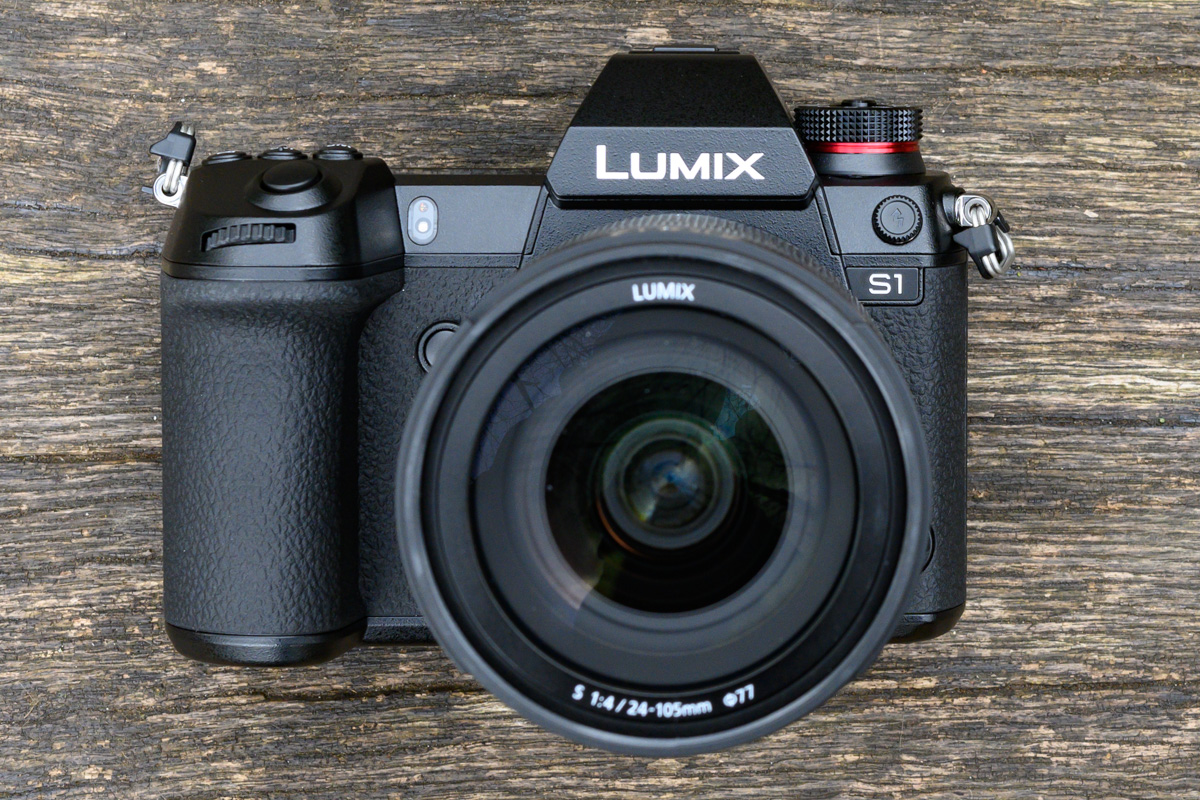
When it launched in early on 2019, well earlier the arrival of the cheaper Panasonic Lumix S5 (see no.half dozen), the Lumix S1 was the junior model in the visitor's fledgling Due south system. Only the S1 was arguably the better option for videographers.
For starters, it captures 4K UHD footage using the whole width of its full-frame sensor – no crop factor here – and offers full pixel readout at upwardly to 30p. It tin also record 10-fleck 4:2:0 footage internally using the HEVC/H.265 codec, with an update due after this year set to unlock even higher specs. Videos tin can be shot in 4K at up to 60p (with a 30-minute time limit) and there are several gamma curve profiles on-lath, including Hybrid Log Gamma.
In the real world, that all translates into very high-quality video. Its body might be heavy, but sensor-based image stabilization helps keep handheld footage smooth, while rolling shutter is just an issue if the S1 is jerked suddenly. The on-lath microphone is surprisingly capable, too, even if the external mic and headphone ports will testify more popular.
Arguably the biggest issue is the autofocus functioning which, due to an absence of phase-detection pixels, can be a petty inconsistent and jerkier than rivals. The S1 promises plenty, though, provided yous're comfortable using transmission focus.
- Read our in-depth Panasonic S1 review

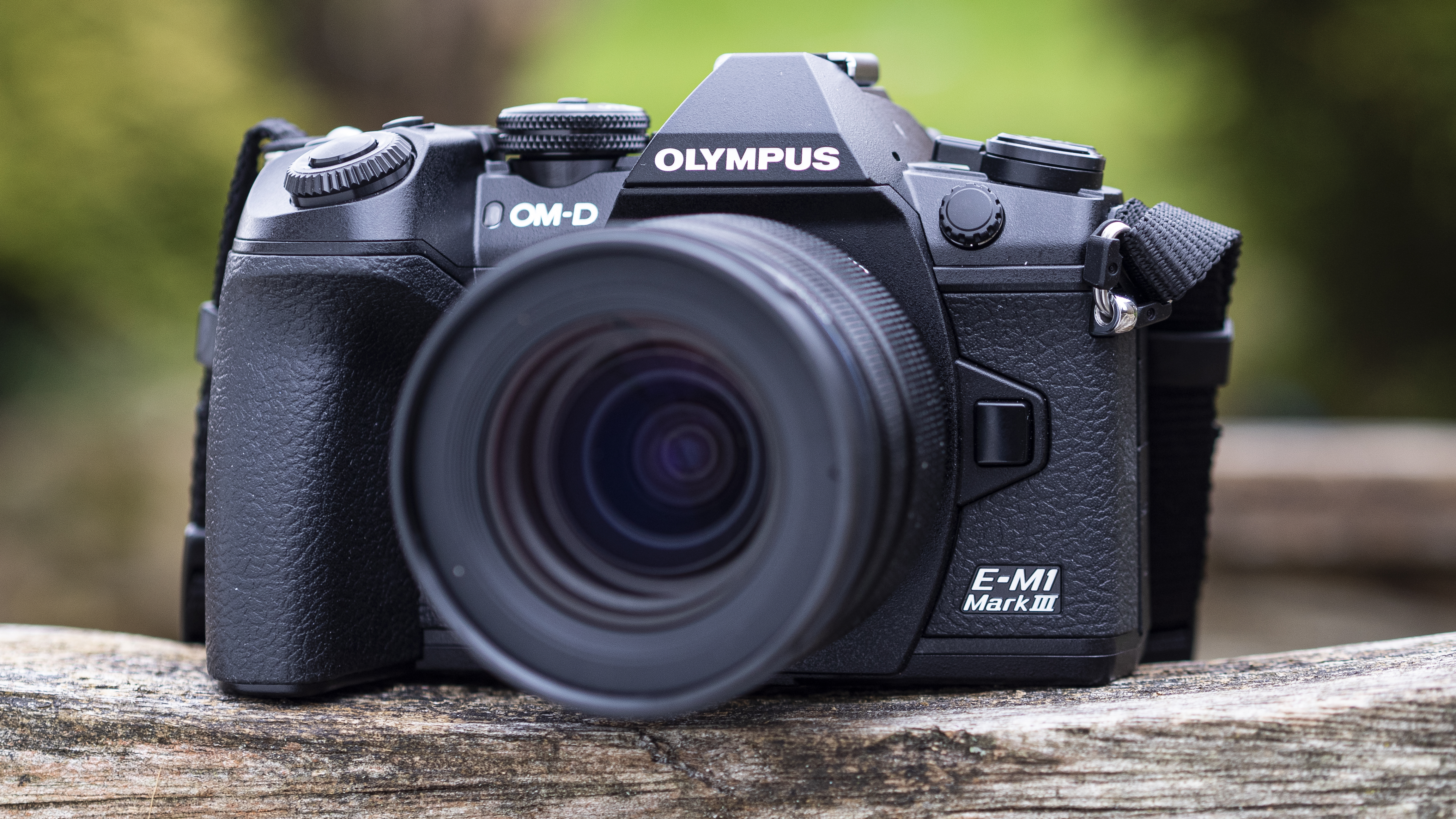
Picking upward where its predecessor left off, the OM-D E-M1 Marking Three is an outstanding all-round bundle – and that'southward every bit much the example for shooting video as information technology is for stills.
On paper, the Mark III'southward video specification is solid enough to cater for both casual recorders and more than serious videographers: it can shoot Cine 4K video at 24fps (237Mbps) and Full Hard disk drive at upward to 120fps, with an OM-Log 400 colour profile that'south little short of lovely.
And it all comes good in action. Powerful image stabilization keeps footage smooth and precipitous, while capable continuous autofocus with face- and centre-detection proves impressively constructive. Headphone and external mic ports are a welcome presence for those looking to upgrade their setup, too.
If there's i thing nosotros'd like to meet, information technology'due south the availability of the Live ND manner – which simulates the effect of a real neutral-density filter – while shooting video. But such is the depth of what the East-M1 Mark III can do when y'all dig into the options, it'due south hard to pick whatsoever existent faults.
- Read our in-depth Olympus OM-D Due east-M1 Marker Iii review

Alternatively...
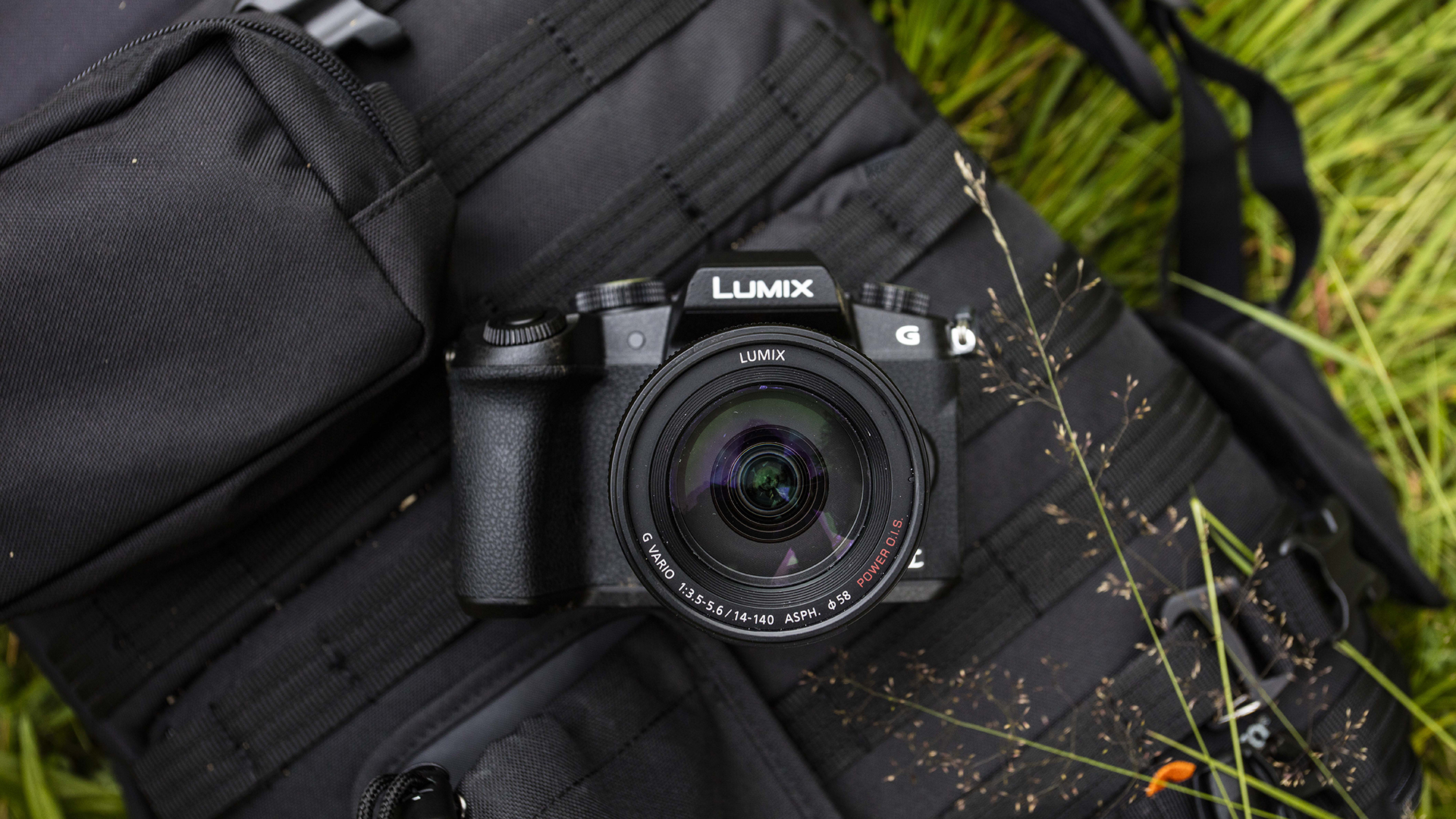
Before we look at our round-upwardly of the best 4K cameras, we wanted to highlight a slightly more affordable alternative. It might take since been succeeded by the Panasonic Lumix G90 / G95, just the Lumix G80 (known as the Lumix G85 in the United states) is however a very capable and cost-effective pick for those looking for a budget 4K photographic camera. At that place'southward 4K video capture up to 30p (with a bit rate up to 100Mbps) and a defended microphone socket. Focusing is fast, while the vari-angle touchscreen should make framing footage squeamish and easy. The G80/G85 is also weather-sealed to protect it from the elements. Information technology successor brings features like unlimited 4K recording, but if you don't mind being restricted to 30 minutes per clip and then this model offers great value.
- Read our in-depth Panasonic Lumix G80 / G85 review
What to wait for when ownership a 4K photographic camera
The best 4K cameras volition allow you to record bright, sharp footage in a range of scenarios. Resolution is a key benchmark when selecting a video camera – and every model in the buying guide above tin can capture footage in 4K, with some going up to 6K and even 8K.
Though the biggest numbers by and large translate into the sharpest footage, they may be overkill for you. 8K requires high-performance memory cards and editing tools that can handle the resulting file sizes. Almost enthusiast videographers will find factors other than resolution more than pregnant.
Frame rates, for example, are really important to go along in mind. The all-time 4K cameras tin can record footage at 60fps for slick real-time shots, every bit well as buttery-smooth 120fps for slow-motion b-whorl – although many cameras tin can but capture slow-mo at lower resolutions.
You should also keep color profiles and output formats in mind. The top 4K cameras give y'all the flexibility to tape in a way which fits with your workflow. Depending on your setup, that might mean a specific log profile, such as V-Log. Most of the top 4K cameras support log profiles, giving videographers the opportunity to tweak color grading in mail service-production. The very all-time models can also record x-bit video internally for greater depth of color (just larger file sizes).
Other factors to consider will come down to your skill level and how you like to shoot videos. Epitome stabilization is a must if you want to capture video handheld, but it's less of an result if y'all use a gimbal. Equally, tracking autofocus is handy if you're upgrading from a smartphone, but it'southward not a dealbreaker if you're already familiar with manual tracking.
A large sensor is great for those who like to record in low-light conditions. Concrete design is also worth thinking about: if you tend to shoot solo, aspects like an articulating touchscreen and ergonomic handgrip are useful, every bit are accessible controls.
And don't forget about accessories: nigh of the best 4K cameras include ports for connecting external microphones and headphones, which allow yous to transform your 4K footage with professional sound. If your shooting way requires certain peripherals, such every bit a bombardment grip or hot-shoe zipper, cheque that they're compatible before buying a new 4K camera.
Do you lot need a 4K camera for streaming?
Many streamers apply a 4K camera to capture and share live content in real-time. The main benefit of using a 4K camera for streaming is that information technology more often than not offers a sharper, more than detailed image than one with 2K resolution. You tin can also downsample footage to 1080p from the full 4K video feed, which gives y'all greater flexibility (especially if you'd like to crop in on office of the frame).
All the same, you lot don't necessarily demand a 4K camera for streaming. Due to bandwidth constraints, many people but watch videos at 1080p, so 4K may be overkill for your audition – particularly if they stream your content on their smartphone'due south smaller screen (and using a cellular data connection).
In addition, your own internet connection will need to be fast enough to maintain a steady stream of 4K footage, which is significantly more information-hungry than Total HD. It's also of import to note that, while several cameras support live-streaming, many 4K cameras volition actually only allow you lot to stream at 1080p.
Other factors are usually more of import for streamers than resolution alone. This might include in-photographic camera support for direct live-streaming. Panasonic's GH5 Mark II, for case, tin can stream 1080p footage straight to platforms similar YouTube via Wi-Fi. As, aspects such as support for external microphones will be more useful for streamers and vloggers who talk to their audition while on camera.
- All-time camera
- Best vlogging camera
- Best DSLR
- Best YouTube camera
- Best mirrorless camera
- All-time full-frame camera
- Best compact camera
- All-time travel tripod 2020: the x finest lightweight tripods for your photographic camera
- What camera should I buy?
- Mirrorless vs DSLR: 10 key differences
Source: https://www.techradar.com/news/best-4k-camera
Posted by: bryantheareather.blogspot.com


0 Response to "Is 4k Video Camera Worth It"
Post a Comment